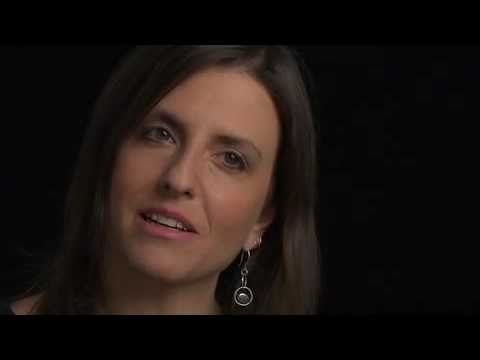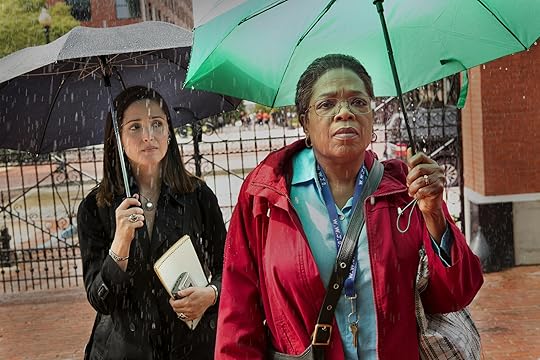What do you think?
Rate this book


370 pages, Hardcover
First published February 2, 2010
“She's the most important person in the world and her family living in poverty. If our mother is so important to science, why can't we get health insurance?”






Mary Kubicek: “Oh jeez, she’s a real person. . . . I started imagining her sitting in her bathroom painting those toenails, and it hit me for the first time that those cells we’d been working with all this time and sending all over the world, they came from a live woman. I’d never thought of it that way.”John Hopkins hospital could have considered naming a wing of their research facilities after Henrietta Lack. Why don't they?

Henrietta was a poor black woman only 31 years of age when she died of cervical cancer leaving five children behind, her youngest, Deborah, just a baby. Her story is a heartbreaking one, but also an important one as her cancer cells, forever to be known as HeLa taken without her consent or knowledge, saved thousands of lives.
Through ten long years of investigative work by this author, this narrative explores the experimental, racial and ethical issues of HeLa (the cells that would not die), while intertwining the story of her children's lives and the utter shock of finding out about their mother's cells more than twenty years later.
"Physician Seeks Volunteers For Cancer Research." Yeah, right........So many parts of this book made me sick to my stomach.....like the uncaring treatment of animals and all the poor souls injected with cancer cells without their knowledge in the name of research and greed; and oh, dam Ethel for the inhumane and brutal abuse to Henrietta's children too. Unbelievable!
Whew! I must admit to being glad when I turned the last page on this one, but big time kudos to Rebecca Skloot for researching and telling Henrietta's story. She deserved so much better.
Scientists had been trying to keep human cells alive in culture for decades, but they all eventually died. Henrietta's were different: they reproduced an entire generation every twenty-four hours, and they never stopped. They became the first immortal cells ever grown in a laboratory.
The reason Henrietta's cells were so precious was because they allowed scientists to perform experiments that would have been impossible with a living human. They cut HeLa cells apart and exposed them to endless toxins, radiation, and infections. They bombarded them with drugs, hoping to find one that would kill malignant cells without destroying normal ones. They studied immune suppression and cancer growth by injecting HeLa cells into immune-compromise rats, which developed malignant tumors much like Henrietta's. If the cells died in the process, it didn't matter -- scientists could just go back to their eternally growing HeLa stock and start over again.
"I always have thought it was strange, if our mother cells done so much for medicine, how come her family can't afford to see no doctors? Don't make no sense. People got rich off my mother without us even known about them takin her cells now we don't get a dime. I used to get so mad about that to where it made me sick and I had to take pills. But I don't got it in me no more to fight. I just want to know who my mother was." -- Deborath Lacks, who was very young when her mother died
There's no indication that Henrietta questioned [her doctor]; like most patients in the 1950s, she deferred to anything her doctors said. This was a time when 'benevolent deception' was a common practice -- doctors often withheld even the most fundamental information from their patients, sometimes not giving them any diagnosis at all. They believed it was best not to confuse or upset patients with frightening terms they might not understand, like cancer. Doctors knew best, and most patients didn't question that. Especially black patients in public wards. This was 1951 in Baltimore, segregation was law, and it was understood that black people didn't question white people's professional judgment. Many black patients were just glad to be getting treatment, since discrimination in hospitals was widespread.